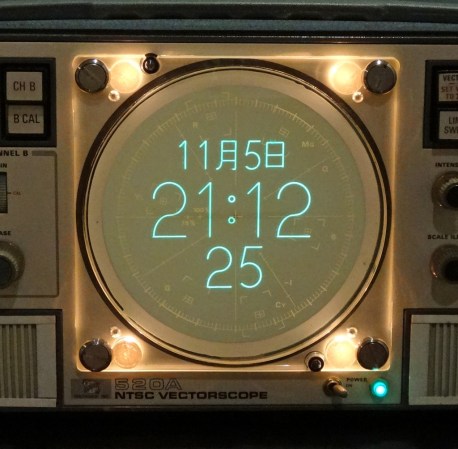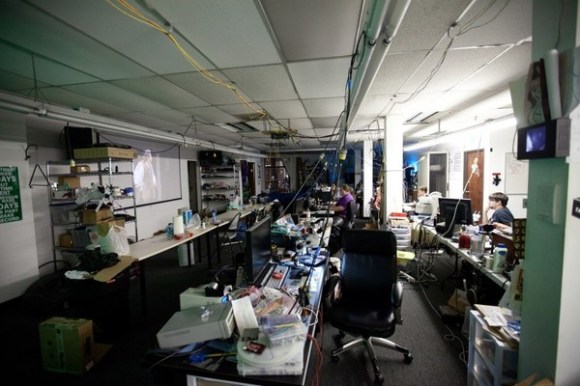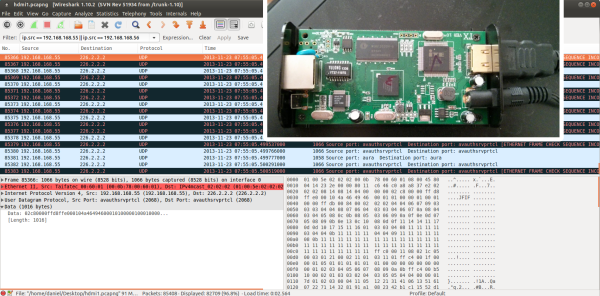
[Brandon Fiquett] does a lot of amateur radio communications and needed a rugged portable power supply that he could take with him on the road. He decided to make a 12V power supply out of an antique ammo can he found at an army surplus store.
The .50 cal ammo box wasn’t in the greatest condition when he picked it up, so he completely sanded it, re-painted it, and lubricated the rubber seal. Inside, he loaded it with four 7.1Ah sealed lead acid batteries, complete with 12V cigarette fused sockets, banana plug jacks, a 5V USB charger and an integrated 12V lead-acid battery charger. The lid also features an LED strip light, and everything is laid out very nicely inside of the box. It looks great, but [Brandon] has a long list of improvements to add, including a solar charge controller, volt and amp meters, and an LED power switch.
Ammo cans make solid project boxes. We’ve seen countless ammo can speaker setups, and even a more intricate ammo can PSU — though we prefer [Brandon’s] method since all the connections are under the lid, keeping it completely weather proof.
















